“Life isn’t easy.” A phrase we hear a countless number of times. An excuse that we seem to repeat to ourselves as a reminder whenever life doesn’t go the way we want it to. For many people out there, life can feel like a burden — a hollow hole, an endless cycle of waking up, putting on your shoes, dealing with responsibilities and commitments, and going to sleep, just to do it all over again. The question then arises: “what is the point of living?”
This question has resonated with the millions of people who have lost their lives to suicide and the million others who currently carry the weight of this question on their back, unsure of what’s left out there for them. The month of September marks National Suicide Prevention month: thirty days to remember the lives lost to suicide, the ones who are presently struggling with suicidal ideation, and the communities who have been impacted by these tragedies.
In the United States, the second leading cause of death for adolescents alone between ages 15-19 is suicide. This is not far from the number one leading cause which are accidents. This alarming trend has increased significantly, especially after the COVID-19 pandemic, which raises concerns as the mental health of teenagers has seemed to plummet in recent years.
“I know that suicide rates have been growing since the last couple of years, and I know that it’s been heavily affecting kids who shouldn’t have to be dealing with suicidal ideations at such a young age,” PPCHS senior Ava Mendez shares.
The rising number of suicide attempts has been linked to bullying, social media, and discrimination, among other reasons. Although some individuals emphasize one thing to be at more fault than another, one thing is clear: the numbers are rising and something needs to be done to stop it.
“There’s no doubt in my brain that more people need to speak up about the fact that the rates in which suicide will take a teenager’s life goes up daily. It’s not reflected on enough that life has a way of making things better over time,” Junior Julia Cortes expresses.
Here at PPCHS, the Health Informational Project (HIP) has taken the initiative to bring awareness to this difficult topic and provide resources for students. The reality for many high schoolers is that dealing with the stress of keeping up with school, playing a sport or instrument, attending club meetings, volunteering, testing, and maintaining a social life can get extremely overwhelming.
Sophomore Fabrizio Alcazar-Fonseca attests to this feeling as he explains, “I often get stressed and anxious from studying and extracurriculars, leading to panic attacks. I would try to put my emotions into a box. Last year, I struggled with severe anxiety and sleepless nights, leaving me feeling completely overwhelmed.”
As the mental health crisis worsens, even in the halls of Charter, it is HIP’s mission to plant a seed of hope in students on campus. Since PPCHS students themselves are the peer health educators, this organization has found that the best way to inform students about these issues is by having teens be taught by their own peers.
“I am excited to start [HIP] soon and tackle sensitive topics that usually aren’t talked about. My main goal for the program this year is to impact the lives of others and help anyone who is struggling,” senior HIP President Marina Conklin expresses.
Cortes, who was able to experience HIP as a freshman, shares, “Everyone in life deals with their own problems and some can be worse than others. It’s how you choose to continue with those problems that make you the person that you are.”
Additionally, Charter provides students with access to an on-campus mental health therapist, Ms. Perez, who can be found in Room C111. Ms. Perez works to create a safe environment in which students can feel comfortable enough to express their feelings. In this way they can be provided with the right resources to cope with that stress.
“My experience has taught me that with the proper skills, students can overcome many of their challenges and manage stress more effectively. A little bit of guidance from parents, teachers, mental health professionals, and mentors can go a long way,” she explains.
Ms. Perez finds that by identifying “silver-linings” throughout difficult situations, students can better deal with what they are going through. Even though it’s okay to acknowledge the negative, finding some positive outlooks can change your whole perspective and allow healing. Even little things such as good weather, a favorite song, a sweet treat, playing a sport, or journaling are simple things that can help improve the state of mind.
“A few years ago, I struggled balancing my emotions and finding self-confidence. I constantly felt anxious and overwhelmed, even by the smallest things,” shares Freshman Carla Duran. However, Duran was able to find her silver linings by “attending therapy and journaling thoughts and feelings.”
As the question “what is the point of living?” continues to linger in the minds of many, the reality is that we don’t know what life has in store for any of us. It’s never truly possible for us to see the bigger picture. What we do know is that every decision we have made has happened for a reason that brought us to this exact moment. It has even led you to this story. So, if you’re reading this, let it be a reminder that you are not alone.
If you or someone you know is in need of mental health resources, please call or text the 988 Suicide & Crisis Lifeline or visit 988lifeline.org for 24/7 access to free and confidential services.
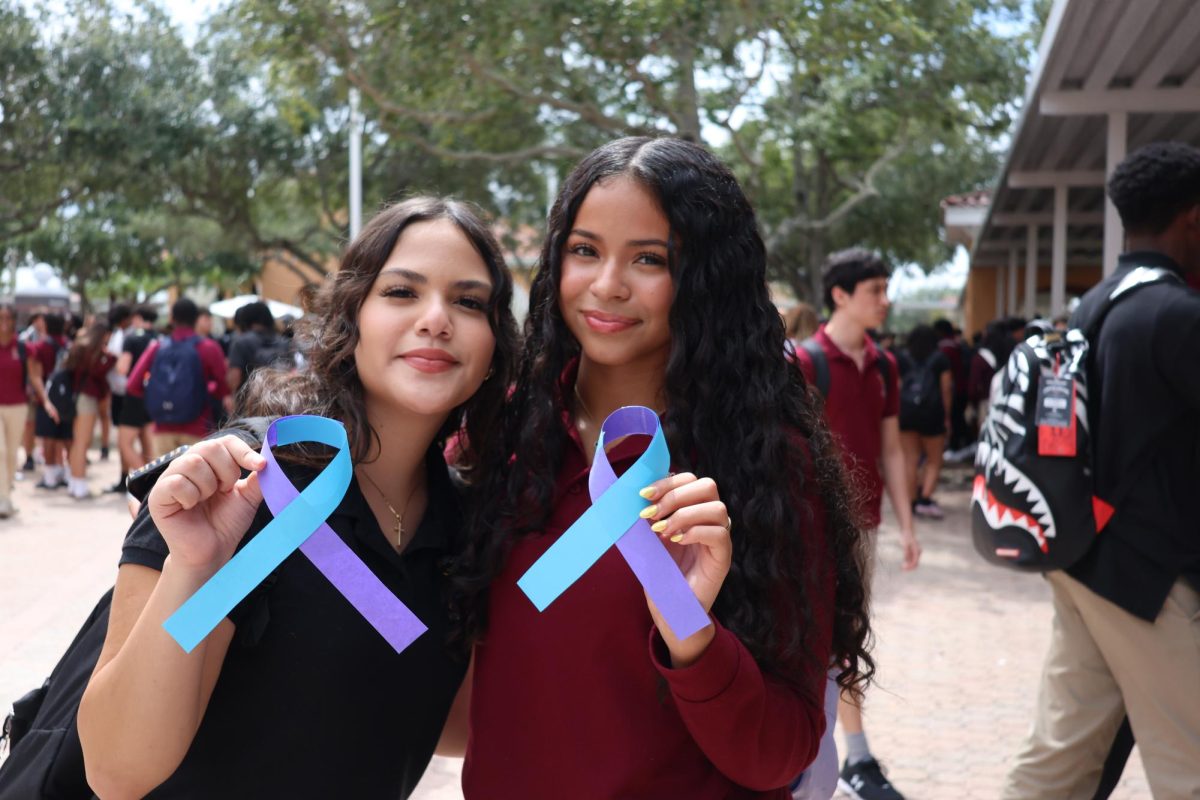

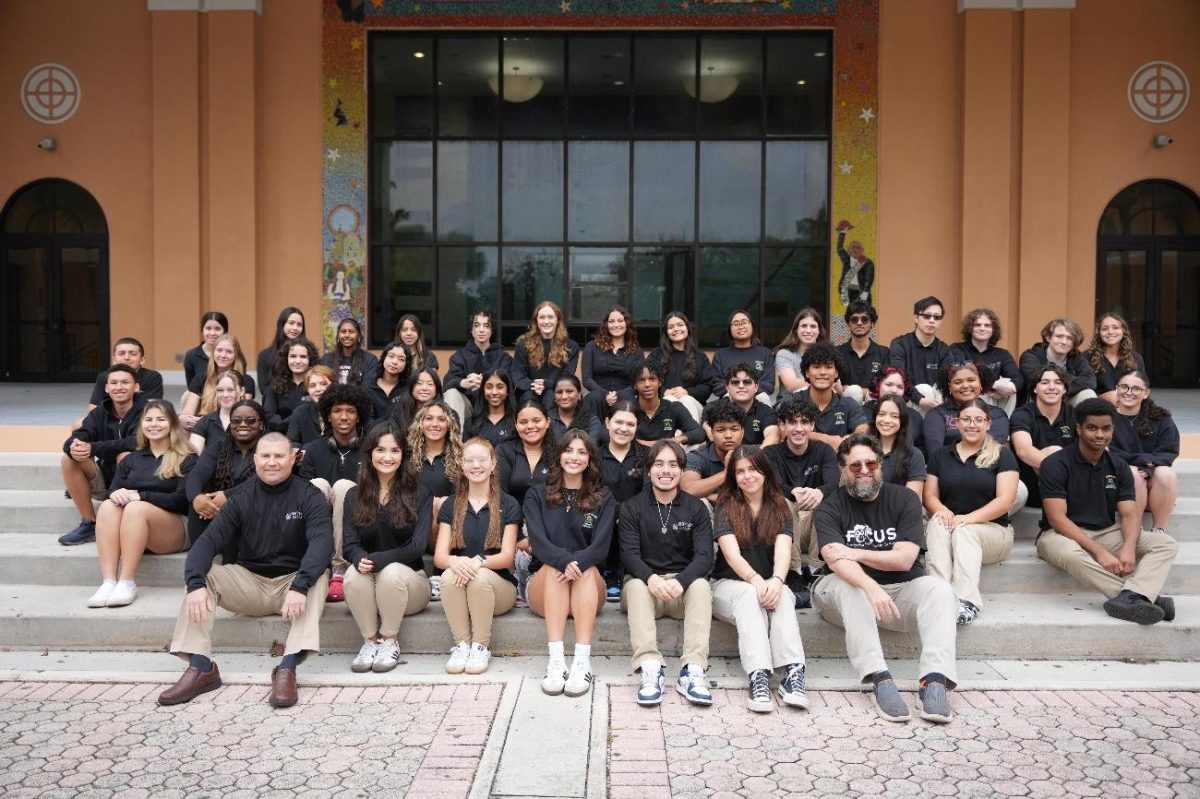

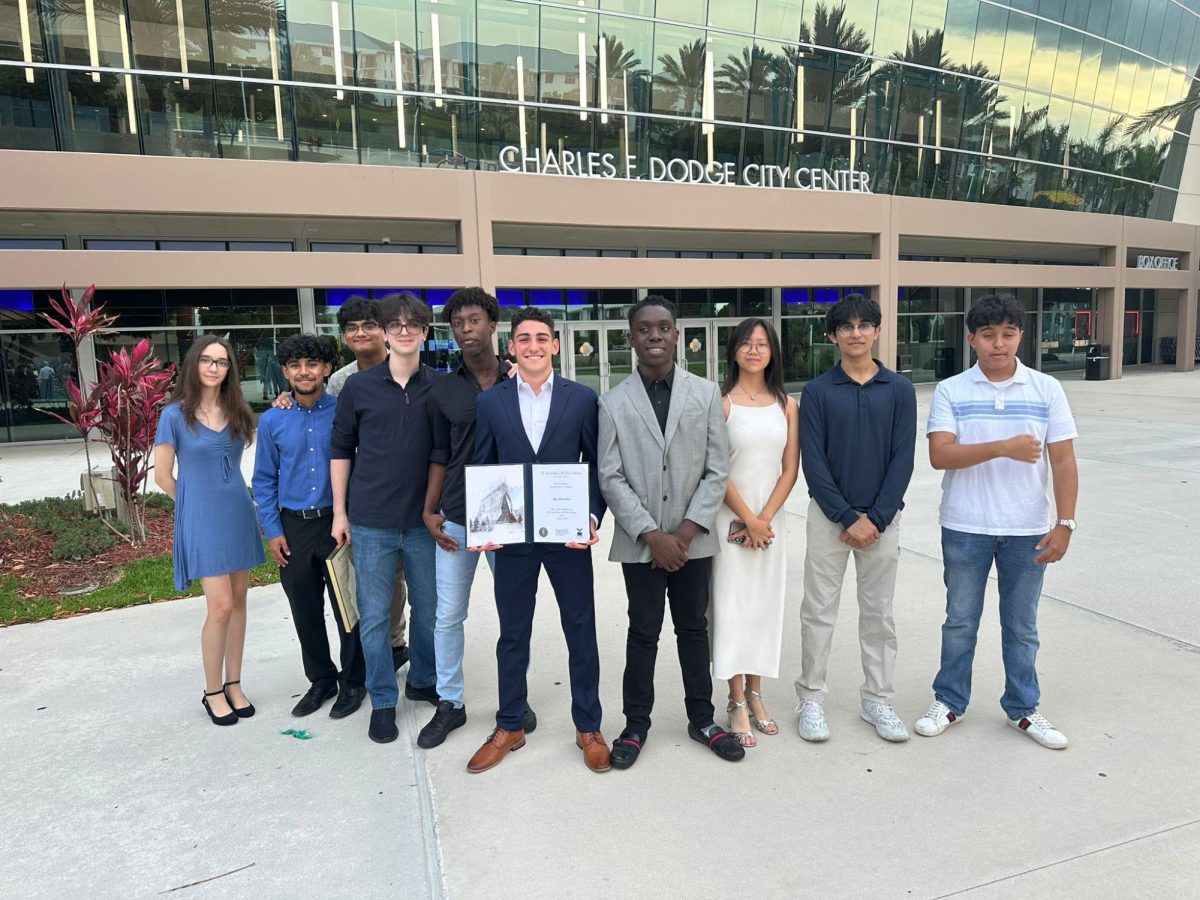
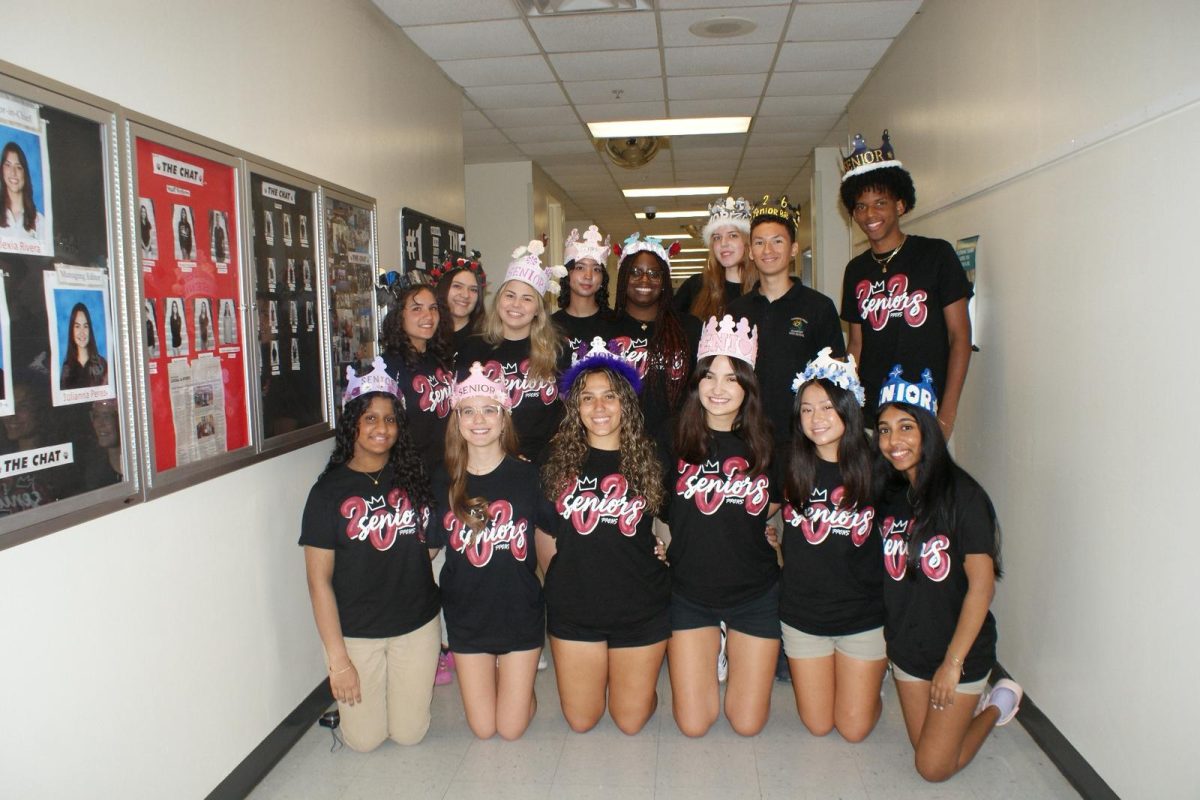
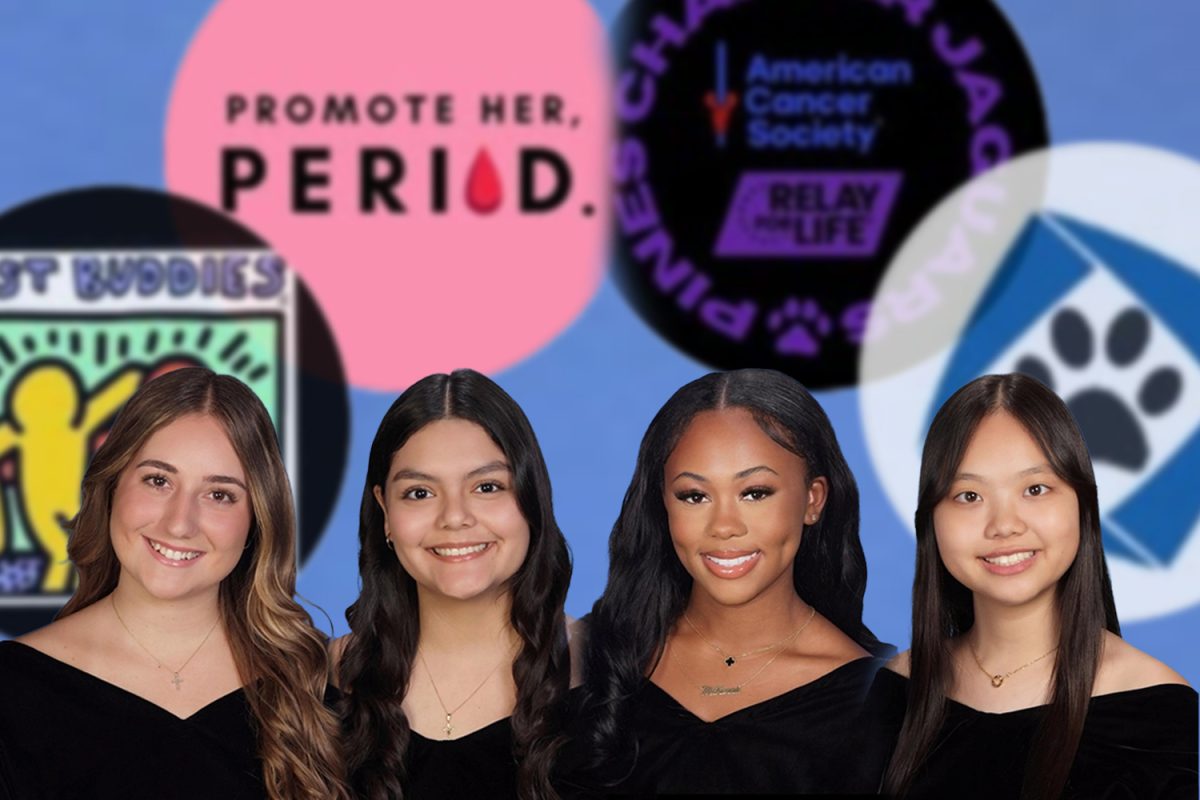




![Varsity Volleyball Senior Abigail Reyolds [left] standing alongside her fellow teammate and captain of the team Senior Sophia Peterseil before their game.](https://ppchsnews.com/wp-content/uploads/2025/10/ABBY-AND-SOPHIA-COVER-1200x673.jpg)



